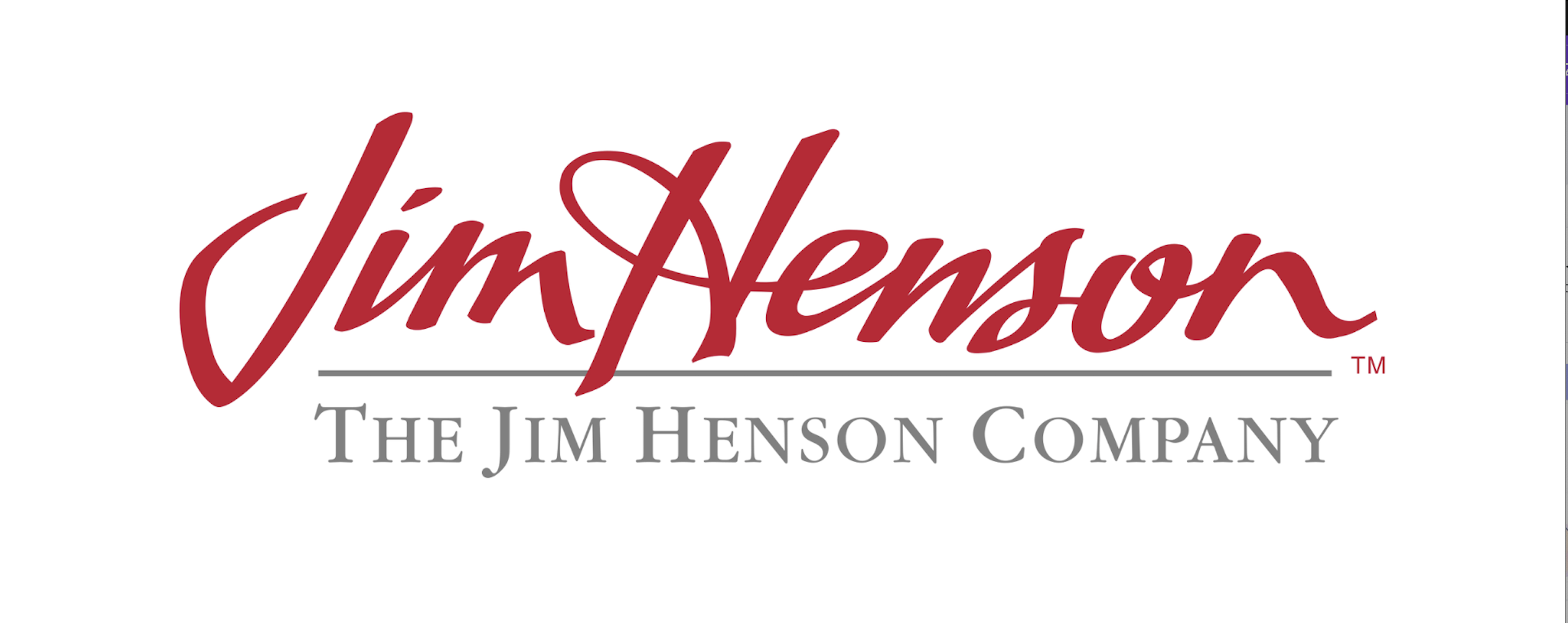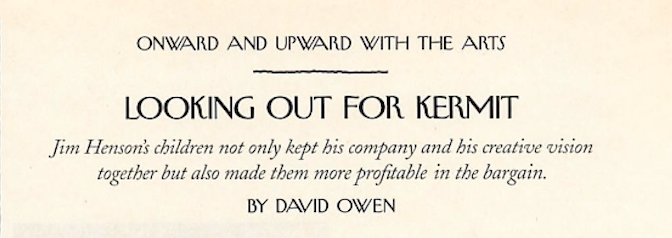

The Jim Henson Company has grown into a global franchise with a strong commercial presence, including merchandise like the 1999 Kermit Beanie by Igel/JuniorToys, featured in this edition. Produced through a licensing agreement with EM.TV, which held the rights to the Muppets at the time, this Beanie was part of a broader collection of Muppet-themed products, including dolls for the Kermit Collection (1999-2001) (Calbreath-Frasieur, 2012; Muppet Wiki, n.d.-a; Muppet Wiki, n.d.-c). The Muppets have successfully expanded across television, film, and merchandise, demonstrating their lasting appeal and cultural significance through generations (Calbreath-Frasieur, 2012). In this context, Kermit, in particular, served as the company’s logo (Muppet Wiki, n.d.-b), further solidifying his role as a central symbol of the brand. While this highlights the Muppets' widespread cultural influence, understanding the history behind the franchise reveals how one man’s creative vision transformed into a global enterprise, making Kermit the enduring icon he is today.

The image above shows a 1993 New York Times article, which discusses the challenges the Henson family faced after Jim Henson's death, marking the beginning of a period of reorganization for the company. Lisa Henson continued negotiations with Disney, but legal complications caused the deal to collapse. Brian Henson, then 27 years old, took over as president, providing new direction and focusing on making better use of existing content. Cheryl Henson concentrated on preserving Sesame Street and supporting charitable projects, particularly related to puppetry and the arts. Despite some skepticism from analysts, the Henson’s maintained control of the company and established partnerships with BMG Kidz, Hasbro, and Disney (Owen, 1993).
In 2000, the Henson children sold the company to EM.TV. Due to financial struggles, EM.TV sold the rights to the Sesame Street Muppets to Sesame Workshop, and in 2003, the Henson family reacquired the company. A year later, the Muppets’ rights were sold to Disney, further cementing Kermit's place in popular culture. While Disney continues to carry on Kermit's legacy through The Muppets Studio, The Jim Henson Company has remained active across television, film, publishing, and character production, balancing its tradition of family-friendly entertainment with projects aimed at wider audiences (Muppet Wiki, n.d.-d; The Jim Henson Company, n.d.-a; The Jim Henson Company, n.d.-b).
Kermit's evolution from Jim Henson's creative vision to a global symbol reflects the lasting impact of both the Muppets and Henson's legacy, reinforcing Kermit's role as an enduring figure in shaping values and entertainment for audiences of all ages.